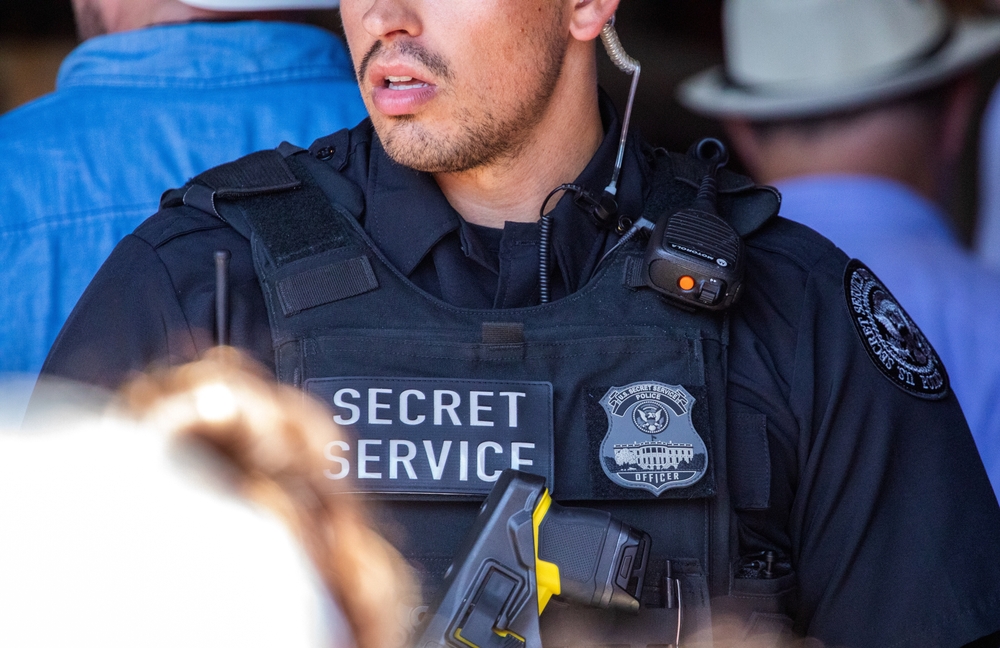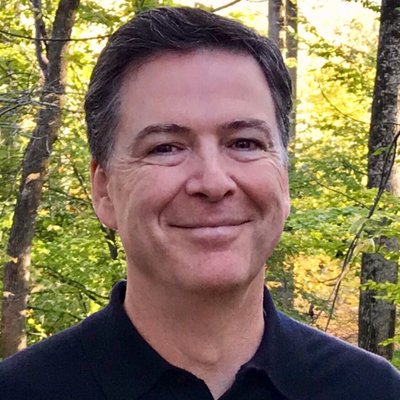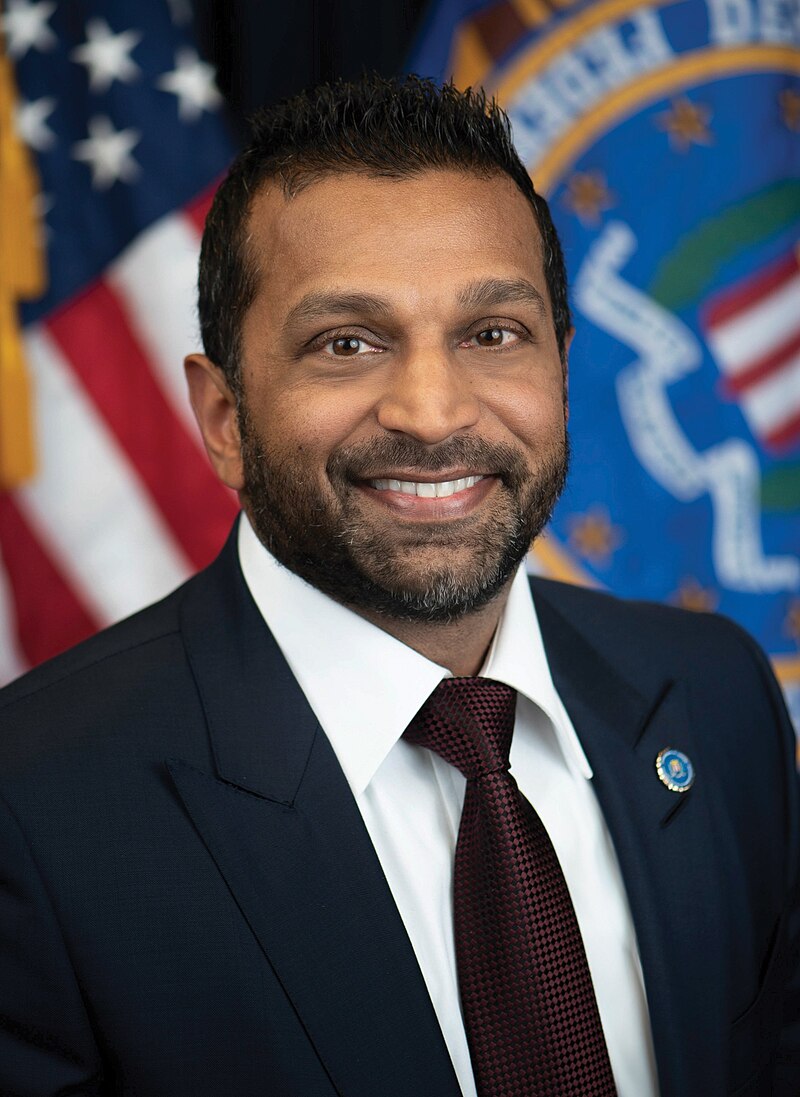
Like other major cities, Baltimore has a drug trade that generates impressive revenue. Fair to say, some of that money goes for cars and homes and jewelry and restaurants and expensive bottles of Moet champagne. In Baltimore, they call it the “Informal Economy.” Here is an examination of an urban phenomena we know so little about.
By Edward Ericson Jr.
Baltimore City Paper
BALTIMORE — On Oct. 20, 2008, Mayor Sheila Dixon stood on a makeshift stage in the parking lot of Northwood Plaza, just off Loch Raven Boulevard in the city’s Hillen neighborhood. Behind her sat several City Council members, a community activist, and the authors of the press conference’s subject, a 60-page study that, among other things, claimed to find $1.2 billion of additional spending money in the 13 city neighborhoods studied. Behind the stage, brightly-painted cars with expensive 22-inch chrome wheels cruised by noisily, and behind those, a long-shuttered anchor store slouched.
Former City Councilman Kenneth Harris was gunned down on Sept. 20, during an early morning robbery of the New Haven Lounge jazz club, a few hundred feet away. The murder–the city’s 158th last year–galvanized the community to push even harder for the redevelopment city officials believe will stifle and remove the violent crime that has plagued the surrounding blocks. The newly minted economic report, called the “Baltimore Neighborhood Market DrillDown,” was presented by the mayor as the evidence needed to convince national retailers that Baltimore City is underrated as a market. The key metric: $872 million of previously uncounted income from what the report calls the “informal economy.”
Presented by Social Compact, a Washington, D.C.-based nonprofit that specializes in these studies, the DrillDown “validates what we already knew through intuition and observation,” Dixon said, “that Baltimore is a strong market.”
Yet “intuition and observation” have also told generations of Baltimoreans that the city is full of drugs, with perhaps 50,000 addicts served by thousands of street-corner drug dealers. It’s a substantial business, and not the kind of enterprise near which grocery store owners want to locate. So it is perhaps not surprising that DrillDown’s authors finesse the question of just how that $872 million of “informal” income is earned.
“We quantify the informal economy, but we don’t say what kind of jobs go into it,” says John Talmage, Social Compact’s president and CEO.




